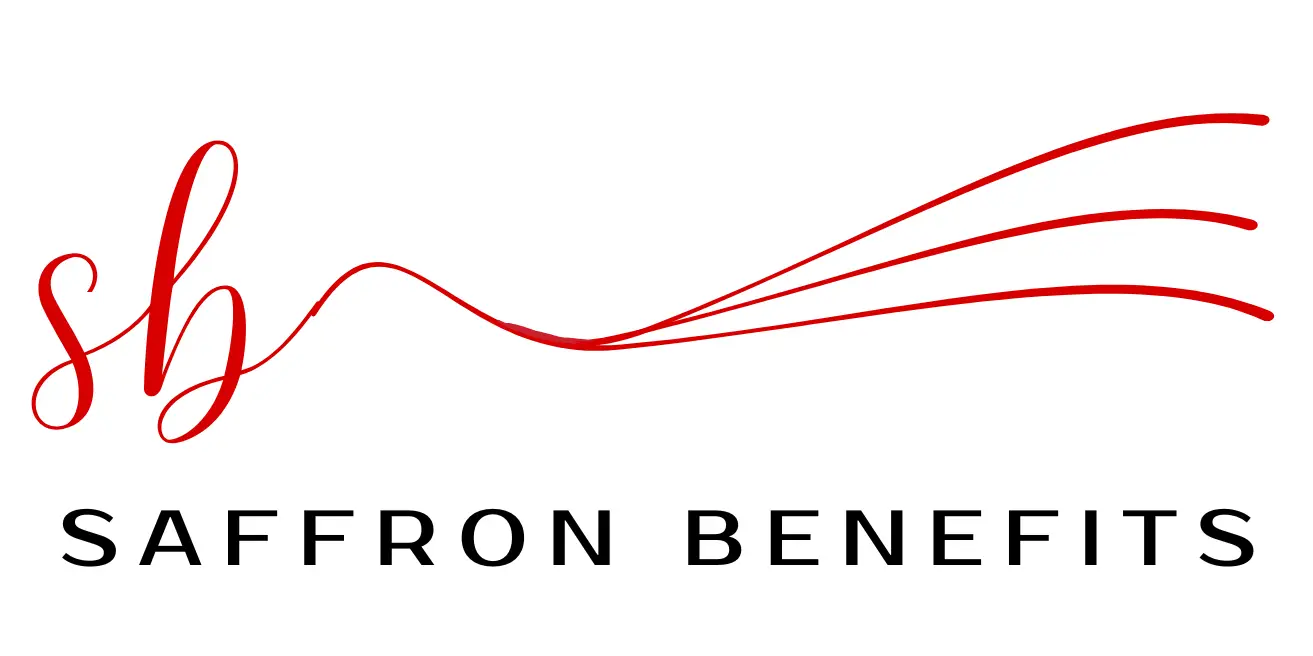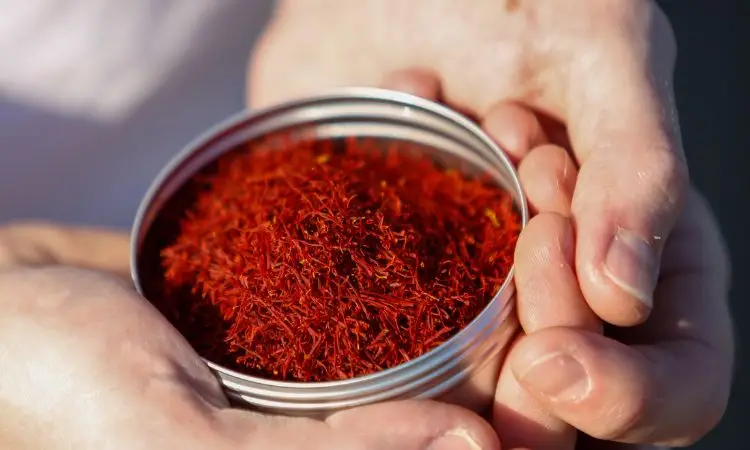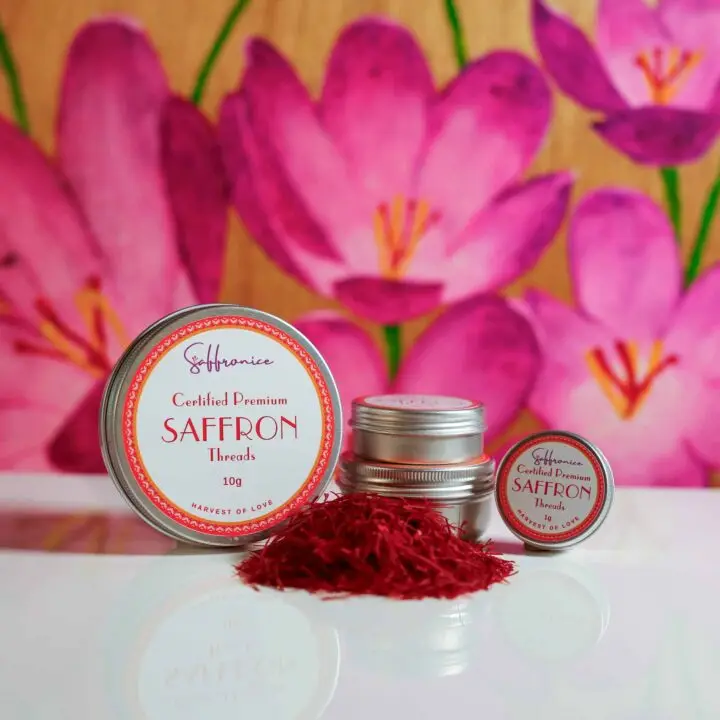Saffron, the world’s most precious spice, is renowned for its captivating aroma, vibrant color, and exceptional culinary properties. However, preserving the quality and potency of this delicate ingredient presents unique challenges that require specialized knowledge and techniques. This comprehensive guide explores saffron’s shelf life, uncovers the factors affecting its longevity, and provides expert insights on optimal storage techniques to ensure your saffron remains fresh and flavorful for extended periods.
Understanding saffron’s natural properties and storage requirements enables you to maximize the value and performance of this precious investment.
📌 Quick Answer: Properly stored saffron lasts 2-3 years under ideal conditions (airtight container, 50-70°F, 30-50% humidity, dark location). Signs of freshness include vibrant red color, strong floral aroma, and pliable threads.
🔑 Key Takeaways:
- Understand chemical composition and natural properties influencing shelf life
- Discover optimal storage conditions for maximum freshness and potency
- Learn to identify fresh vs. deteriorated saffron quality indicators
- Explore various storage methods and their impact on longevity
- Avoid common mistakes that reduce saffron’s lifespan
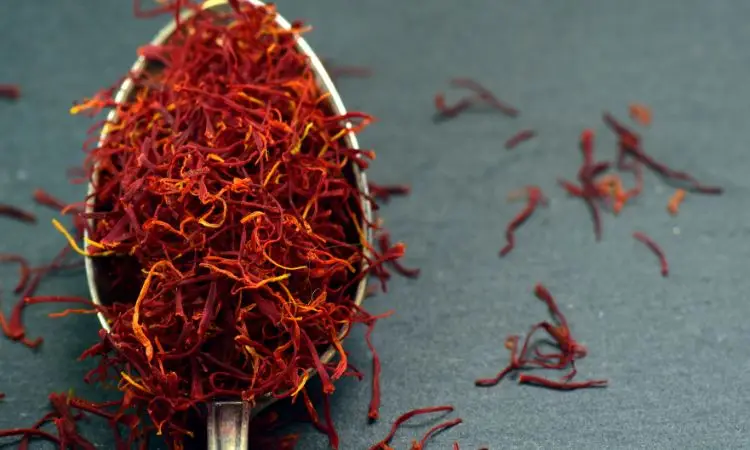
Understanding Saffron’s Natural Properties and Shelf Life
Saffron possesses remarkable natural properties that contribute to its exceptional preservation characteristics. Understanding saffron quality standards helps evaluate how chemical composition affects longevity and storage requirements.
Chef’s Professional Tip: During my culinary career, I’ve learned that understanding saffron’s natural preservation properties helps predict storage performance and optimize techniques for maximum shelf life extension.
Food Scientist’s Note: Saffron’s chemical stability depends on protecting key compounds—crocin, picrocrocin, and safranal—from environmental degradation. These volatile compounds determine both quality and shelf life duration.
Chemical Composition and Preservation
Saffron’s intricate chemical makeup includes carotenoids, particularly crocin (responsible for color), and safranal (providing fragrance). These natural components work harmoniously to create signature qualities while enabling resilience against degradation.
Natural Preservation Characteristics:
- Antioxidant properties protect against oxidative degradation
- Low moisture content inhibits mold and bacterial growth
- Antimicrobial qualities enhance natural preservation
- Temperature resilience maintains properties under moderate environmental challenges
Factors Affecting Quality Retention
Environmental factors significantly impact saffron freshness and preservation effectiveness:
- Light exposure accelerates compound breakdown
- Oxygen contact promotes oxidation and quality loss
- Temperature fluctuations destabilize delicate compounds
- Humidity variations affect structural integrity
Professional storage methods address these vulnerability factors through controlled environmental management.
Optimal Storage Conditions for Maximum Freshness
Preserving saffron’s exceptional qualities requires understanding specific environmental parameters that safeguard natural properties while maximizing shelf life duration.
Critical Environmental Parameters
Temperature Control: Maintain consistent temperatures between 50-70°F (10-21°C) to protect sensitive compounds from thermal degradation. This range preserves aromatic intensity while preventing structural damage.
Humidity Management: Store in low-humidity environments with 30-50% relative humidity. Excess moisture promotes mold growth, while insufficient humidity causes brittleness.
Light Protection: Shield from direct sunlight and artificial lighting to prevent photodegradation of color compounds and aromatic molecules.
Professional container selection complements environmental control for comprehensive protection strategies.
| Storage Condition | Optimal Range | Quality Impact |
|---|---|---|
| Temperature | 50-70°F (10-21°C) | Maintains freshness and potency |
| Humidity | 30-50% | Prevents mold and brittleness |
| Light | Minimal exposure | Preserves color and compounds |
Understanding proper temperature storage principles and moisture protection techniques ensures optimal preservation outcomes.
Identifying Fresh vs. Deteriorated Saffron
Recognizing quality indicators enables accurate assessment of saffron condition and optimal usage timing. Learning freshness indicators prevents waste and ensures culinary success.
Visual Quality Assessment
Fresh Saffron Characteristics:
- Deep crimson-red coloration with vibrant intensity
- Delicate, slender stigma structure
- Uniform appearance without discoloration
- Absence of moisture, mold, or pest contamination
Deterioration Warning Signs:
- Faded, dull, or brownish coloration
- Brittle, crumbling thread texture
- Visible moisture or mold presence
- Insect damage or foreign matter
Aroma and Potency Evaluation
Fresh saffron emits rich, floral scents with honey and hay undertones. Deteriorated samples display muted, musty, or unpleasant odors, indicating compound breakdown.
Potency Testing Methods:
- Water test: Fresh saffron quickly releases vivid color in water
- Taste assessment: Complex flavor with honey, hay, and gentle bitterness
- Laboratory analysis: Professional testing for compound concentration
Understanding spoilage signs enables early intervention and quality maintenance throughout storage periods.
Saffron Shelf Life: Duration and Realistic Expectations
Contrary to common misconceptions, saffron doesn’t possess an indefinite shelf life. Understanding realistic longevity expectations helps plan purchases and storage strategies effectively.
Shelf Life Variables
Ideal Storage Conditions: High-quality saffron maintains aroma, flavor, and color for 2-3 years under optimal conditions with proper environmental control.
Commercial Reality: Many samples lose potency within 6-12 months without proper storage, emphasizing the importance of correct preservation techniques.
Influencing Factors:
- Growing and processing conditions
- Initial quality at harvest
- Storage environment consistency
- Container quality and sealing
- Handling frequency and technique
Storage Duration by Method
Professional preservation tips optimize storage duration through appropriate technique selection:
| Storage Method | Quality Retention | Expected Duration |
|---|---|---|
| Room temperature (proper) | Moderate | 6-12 months |
| Refrigerated | High | 12-24 months |
| Vacuum-sealed | Very high | 18-36 months |
| Frozen | Exceptional | 3-5 years |
Best Practices for Long-Term Storage
Implementing comprehensive storage strategies maximizes saffron longevity while maintaining exceptional quality throughout extended periods.
Container Selection Guidelines
Choose airtight, opaque containers that shield saffron from environmental factors. Glass jars and metal tins provide excellent protection through superior sealing and light-blocking properties.
Container Requirements:
- Complete airtight sealing capability
- Light-blocking materials (opaque or dark-tinted)
- Non-reactive surfaces that don’t affect flavor
- Appropriate sizing for usage patterns
Temperature and Humidity Management
Maintain consistent environmental conditions through appropriate storage location selection and monitoring systems.
Temperature Control: Store in consistent 50-70°F environments away from heat sources, avoiding temperature fluctuations that degrade delicate compounds.
Humidity Management: Use desiccant packs or silica gel to maintain 30-50% relative humidity, preventing both mold growth and excessive drying.
Environmental Monitoring: Regular assessment ensures storage conditions remain within optimal parameters for maximum preservation effectiveness.
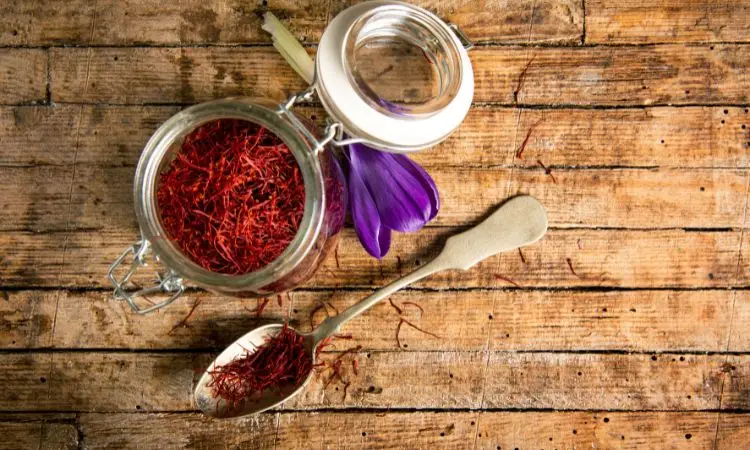
Common Storage Mistakes and Prevention
Understanding typical errors enables proactive prevention strategies that protect saffron quality and maximize investment value.
Critical Mistake Categories
Environmental Exposure Errors:
- Direct sunlight or intense artificial lighting exposure
- Excessive heat from kitchen appliances or sunny locations
- High-humidity environments promote mold growth
- Temperature fluctuations from poor location selection
Container and Handling Issues:
- Non-airtight containers allow air and moisture infiltration
- Clear containers permitting light damage
- Rough handling during access or preparation
- Cross-contamination with other spices or odors
Prevention Strategies
| Common Mistake | Quality Impact | Prevention Solution |
|---|---|---|
| Light exposure | Color fading, compound loss | Opaque containers, dark storage |
| Poor sealing | Aroma loss, oxidation | Airtight containers with quality seals |
| Temperature fluctuation | Compound degradation | Stable, controlled environments |
| Moisture exposure | Mold growth, quality loss | Desiccants, humidity control |
Professional Storage and Quality Maintenance
Industry experts employ advanced techniques that maximize saffron longevity while preserving exceptional characteristics throughout extended storage periods.
Expert Storage Protocols
Advanced Container Systems: Professional-grade storage utilizes specialized containers with precision sealing mechanisms and environmental control features.
Environmental Management: Controlled storage facilities maintain precise temperature and humidity parameters while monitoring conditions continuously.
Quality Monitoring: Regular assessment protocols detect early degradation signs, enabling proactive intervention before significant quality loss occurs.
Potency Maintenance Strategies
Handling Minimization: Limit exposure frequency and duration to reduce oxidation and contamination risks during storage and use.
Contamination Prevention: Store away from strong-smelling substances that could affect saffron’s delicate flavor profile.
Regular Assessment: Periodic quality evaluation enables optimization of storage conditions and early problem detection.
Professional potency maintenance techniques ensure consistent quality throughout storage duration.
Storage Method Comparison and Selection
Different storage approaches offer varying levels of protection and longevity, enabling selection based on specific needs and usage patterns.
Traditional vs. Modern Methods
Traditional Approach: Air-drying and airtight container storage in cool, dry locations provides reliable preservation for moderate durations.
Modern Techniques: Vacuum-sealing, freezer storage, and specialized preservation containers extend shelf life significantly through advanced environmental control.
Hybrid Strategies: Combining multiple approaches optimizes protection while accommodating different usage requirements and storage constraints.
Method Selection Criteria
Consider these factors when choosing storage approaches:
- Usage frequency and quantity requirements
- Available storage space and equipment
- Budget constraints and cost-effectiveness
- Quality maintenance priorities
- Long-term storage needs
Expert Recommendations
Chef’s Wisdom: Invest in quality storage systems matching your usage patterns. Quality sourcing from reputable suppliers combined with proper storage maximizes culinary value and performance.
Food Scientist’s Advice: Document storage conditions and monitor quality indicators regularly. This data helps optimize preservation strategies and ensures you’re always cooking with saffron at peak quality.
Conclusion
Understanding saffron’s shelf life requires comprehensive knowledge of chemical properties, environmental factors, and storage techniques. By implementing proper preservation methods—including optimal temperature and humidity control, appropriate container selection, and regular quality monitoring—you can significantly extend saffron’s usable life while maintaining exceptional characteristics.
Whether storing small quantities for occasional use or managing larger supplies for frequent cooking, these principles ensure maximum value from your saffron investment. Remember that effective preservation begins with quality sourcing and continues through every aspect of storage management.
Frequently Asked Questions
How long does saffron last when properly stored? Under optimal conditions (airtight container, 50-70°F, 30-50% humidity, dark storage), high-quality saffron maintains potency for 2-3 years. Poor storage reduces this to 6-12 months.
What are the optimal storage conditions for saffron? Store in airtight, opaque containers at 50-70°F with 30-50% humidity in dark locations. Avoid direct sunlight, excessive heat, and high-humidity environments.
How can I tell if my saffron has gone bad? Signs include faded color, diminished aroma, brittle texture, musty odors, or visible mold. Fresh saffron displays a vibrant red color and a strong floral fragrance.
Can I test saffron’s potency at home? Yes, perform a water test: add saffron to warm water and observe color intensity. Vibrant orange-red indicates high quality; faint color suggests deterioration.
What mistakes reduce saffron’s shelf life? Common errors include light exposure, poor container sealing, temperature fluctuations, high humidity storage, and rough handling during preparation.
How can I extend saffron’s longevity? Use airtight containers in refrigerators or freezers, minimize handling frequency, control humidity with desiccants, and store away from light and heat sources.
